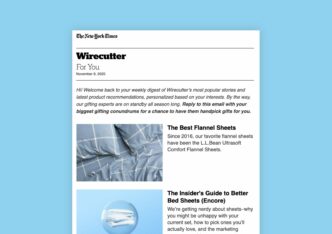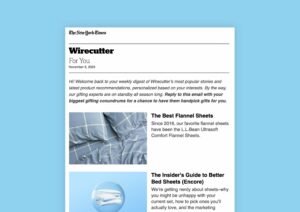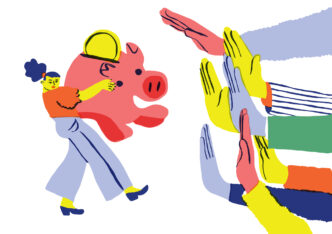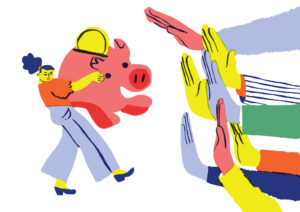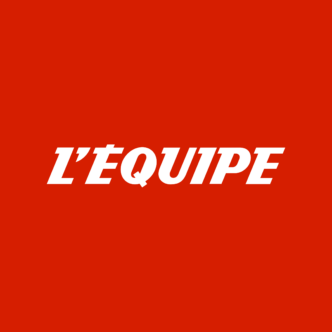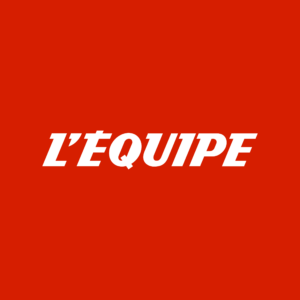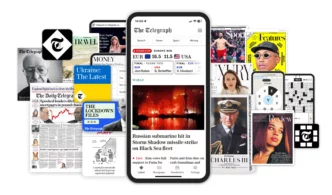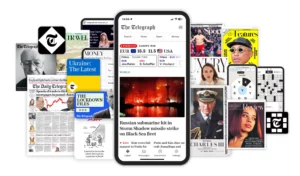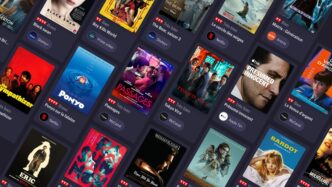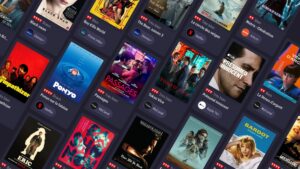

WAN-IFRA’s World News Media Conferences are widely attended by publishing professionals from around the world, and it’s easy to see why.
In the beautiful setting of Zaragoza (the location for WNMC 22), experts shared insights into their strategies by day and networked with a glass of wine and tapas in-hand by night.
This year, I had the pleasure of attending to dive deeper into the challenges facing digital publishers today and, importantly, uncover some of the solutions already being put into practice.
To sum it up, here’s 4 of the key challenges, and examples of successful solutions being employed by digital publishers from around the world:
1. The attention recession
Across the world, we’re seeing falling levels of engagement on news websites.
- Online sessions are down 14% and 26% from the 2 previous years
- Heavy users have declined by ⅓ since the pandemic peak
- 38% of news consumers actively avoid news
The Independent’s solution: Anonymous to known model (A2K)
Converting anonymous users to members through registration means 11x more engagement and increased propensity to subscribe, where engagement (and revenue) is even greater, according to The Independent’s data.
Jo Holdaway, Chief Data & Marketing Officer at The Independent shared that they have 11 sources of registration, including the app, ecommerce and a registration wall, a strategy that brings in 80,000 registrations per month alone.
“We’ve now got 4 million registered users who show higher loyalty and dedication to the brand than anonymous visitors.”
Ronnie J. Willis (@rjwillis44) tweeted that connecting with engaged readers – NOT scale – is key.
After all, it’s no secret that a small number of very engaged, loyal readers will bring the most value to your business…
Héctor Aranda, CEO at Clarin proved this: out of their 28M readers, just 0.5M are subscribed but this accounts for 70% of reader revenue.
2. Trust in news is a key concern
Ignatio Martínez de Albornoz from Henneo Media: “Lack of trust is what makes us weak as a sector.”
Rasmus Kleis Nielsen at Reuters: “There is a disconnect between what journalists think is important in terms of audience trust, and what readers think is important”…..”Key question: what will you do DIFFERENTLY to convince readers to trust you”
So, what are publishers currently doing to build trust?
At Henneo, trust has been built through trust-focussed advertising campaigns, interviews with journalists, and documentaries on how the newsroom works, using openness to build closer relationships with readers.
For EFE in Spain, surveys have shown that readers associate paying for news with more trustworthy information, whilst free articles are associated with external influences and are less likely to be trusted. This has led EFE to invest in organizations such as EFEverifica to fight against fake news and position the brand in a way that makes trust easier.
Jo Holdaway’s suggestion after an audience questioned her on how The Independent are tackling reader trust: frame your value proposition to focus on trust, putting this at the forefront of who your brand is and what you stand for.
3. Sustainability and diversification
Carlos Nunez Murias, Executive Chairperson at PRIMA Media: there are 3 essentials for our brands to build a sustainable publishing model
- A quality editorial product at the core of everything we do
- Digitalization with the right tools and technology to grow reader revenue online
- User experience and usability that isn’t sacrificed in favor of advertising
This has led to digital subscriptions being a critical value driver for Prisa Media.
For others, such as Clarin and EFE, the focus is on diversifying revenue streams
- In-person and online events
- Subscription and registration
- New content formats such as podcasts
- Additional brands such as EFE communica which supports B2B innovation
Could consulting be added to this list?
But Dean Roper, WAN-IFRA’s Director of Insights, highlights that advertising is still the biggest revenue generator for publishers.
“Events, contract publishing, ecommerce, etc, are seeing 21.5% growth – revenue diversification in these areas is a key trend. Advertising is still, however, the biggest $$, > 80% of revenue for some pubs”
4. How can you build successful products?
Quality journalism is essential – it’s what you’re selling after all.
Lisa MacLeod, FT Strategies: Be aware of “the doom loop” – saving money cuts away at your journalists who produce the product that you want to sell, and you can’t have a sustainable reader revenue strategy if you don’t have a product… “You can’t sell quality journalism if that journalism doesn’t exist…”
Alan Fisco at The Seattle Times: “If you are gutting your newsroom and producing lesser quality content, don’t bother with your retention strategy because you will fail.”
…but don’t forget your audience.
“Newsrooms have spent too much time thinking about how they produce content and not enough time thinking about how our audiences want to consume it”
Julia Beizer, Chief Digital Officer at Bloomberg Media
Kat Downs Mulder, The Washington Post: “You can build a great product with a few resources, but you must understand your audience’s needs, examine the competitive landscape, create a minimal delightful product and keep evolving and developing it.”
How have The WP put this product thinking into practice?
Case study: The 7
Audience’s needs: users are finding articles too long, they don’t have enough time to consume it all but still want to access quality journalism.
The Washington Post’s needs: to form daily habits as an essential part of the customer journey towards high engagement, subscription and retention.
Solution: The 7, a daily newsletter sent at 7am, shorter than any competitor (only 3 minutes to read) mixing hard news and softer stories to surprise and delight
The Audiencers’ newsletter: from professionals to professionals
Sign up to our newsletter – real-life examples, expert points of view and inspirations from publishers around the world to help you do your job better. Sent every two weeks.

